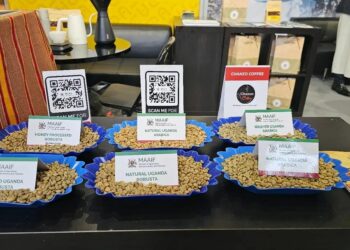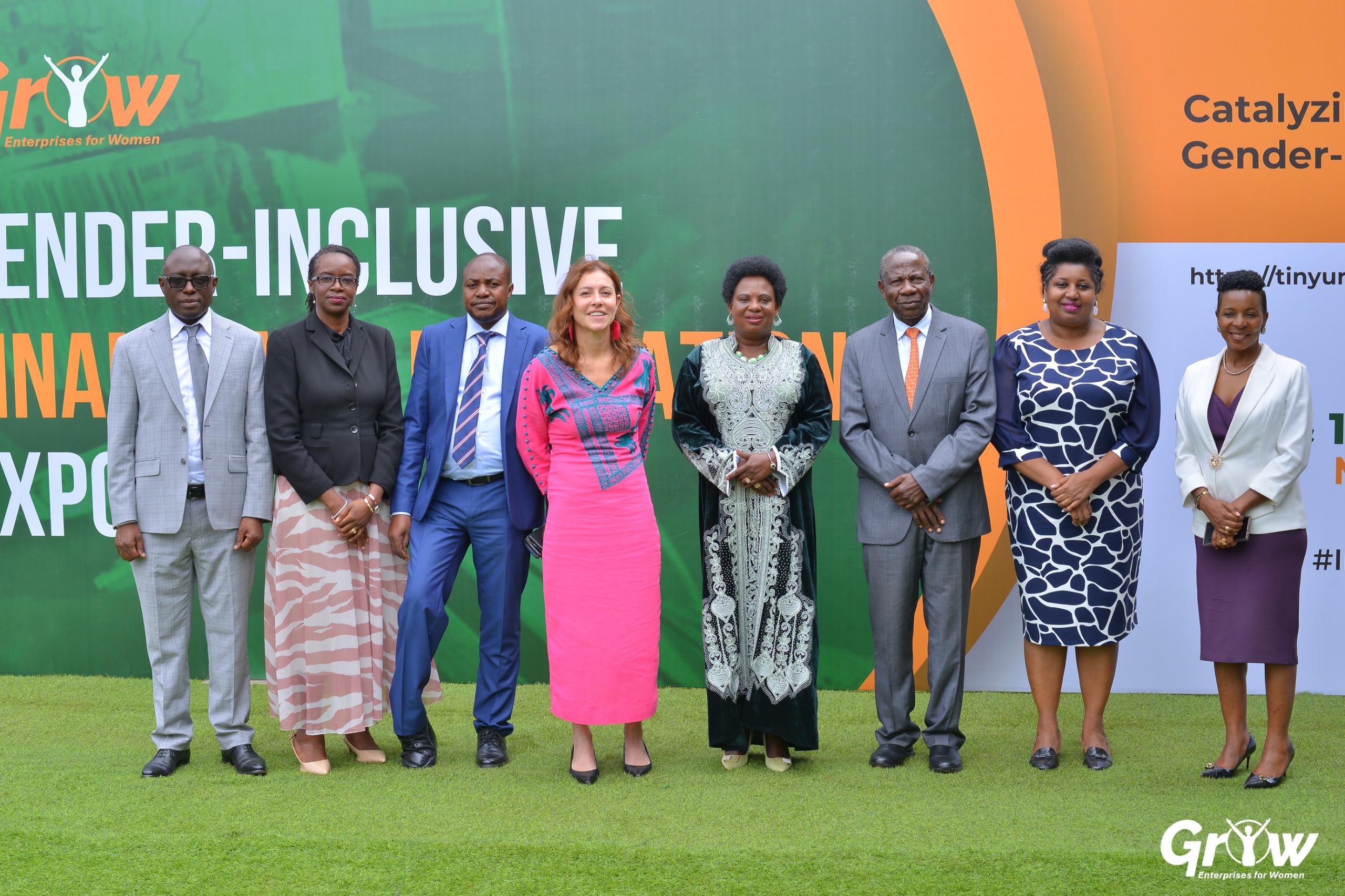Gold, one of the most ancient and valuable minerals, holds significant allure worldwide. While its shiny allure captivates consumers, few understand the complex processes behind its extraction or the challenges faced by miners.
Recently, I joined a group of 19 journalists on a study tour of the Mubende Gold Mines in Uganda. Organized by the African Centre for Media Excellence (ACME) in Kampala, the trip offered insights into the labor-intensive processes of gold mining and the socio-economic issues surrounding it.
A Journey Into Mubende’s Gold Mines
The tour began at the Ssingo Artisanal and Small-Scale Miners Association offices in Kitumbi Village. Mubende District, historically known for maize farming and cattle rearing, has evolved into a hub for gold mining, drawing people from across the country.
Our guide, Emmanuel Kibirige, the chairperson of the miners’ association, emphasized the commitment of its 32 members. Upon arrival at the Opita Mines Company, we were outfitted with protective gear before descending into the dark, narrow caves under the supervision of mining engineer Noor Tiiba.
Underground, temperatures soared to 35-40°C, and the atmosphere was tense. Guided by torches, we navigated the muddy passages, observing miners as they drilled and extracted gold-bearing ores. The process involves drilling, drying, and further processing until gold is refined—a laborious and risky endeavor.
Gold Mining in Mubende: Key Challenges
Experts and miners highlight several challenges in the gold mining sector:
1. Licensing Issues: According to Bwesigye Don Binyana from the Africa Centre for Energy and Mineral Policy, obtaining mining licenses remains a major hurdle for artisanal miners. He advocates for special licenses to support small-scale operators.
2. Environmental Concerns: David Ssebagala, Senior Inspector of Mines at the Ministry of Energy and Mineral Development, noted that over 80% of Uganda’s mining operations are still at the exploration stage. Despite minimal environmental damage at this stage, poor monitoring exacerbates long-term risks.
3. Living Conditions: Life in mining communities is tough. Miners pay high rents for small wooden houses and face food shortages, poor sanitation, and limited access to healthcare. According to health worker Robinah Kyakuhaire, the increasing population in mining areas has strained resources and worsened sanitation.
4. Displacement and Compensation: Residents have raised concerns about forced evictions without adequate compensation. Legal experts, such as Denis Kusasira of ABMAK Associates, stress the need for fair payouts to displaced families.
Women in Mining
Despite the challenges, women have made strides in Mubende’s gold sector. According to Catherine Nkyakecho, a senior geologist, women constitute 25% of the artisanal mining workforce. Entrepreneurs like Sarah Mangeni have leveraged the trade to build assets, including land and businesses.
The Road Ahead
Uganda’s gold mining sector remains dominated by artisanal operations, contributing to 90% of production. However, there is potential for growth through the adoption of modern technology, improved licensing systems, and stronger environmental safeguards. Mubende alone demonstrates significant gold potential, which could bolster Uganda’s position in global markets if managed sustainably.
While gold remains a symbol of wealth, the miners and communities involved endure immense hardships to extract this precious metal. Greater investment in infrastructure, fair licensing policies, and community welfare will be crucial in transforming Uganda’s mining sector into a more equitable and sustainable industry.
Do you have a story in your community or an opinion to share with us: Email us at editorial@watchdoguganda.com














